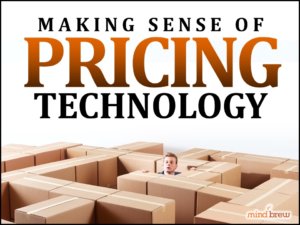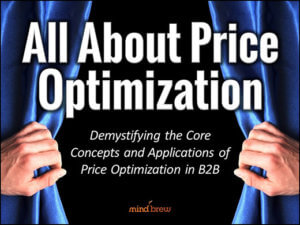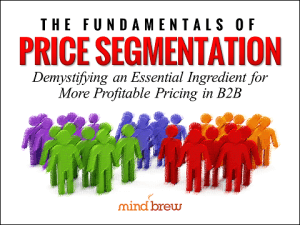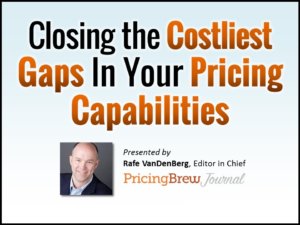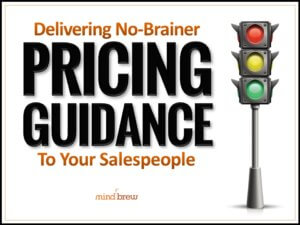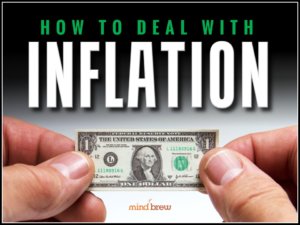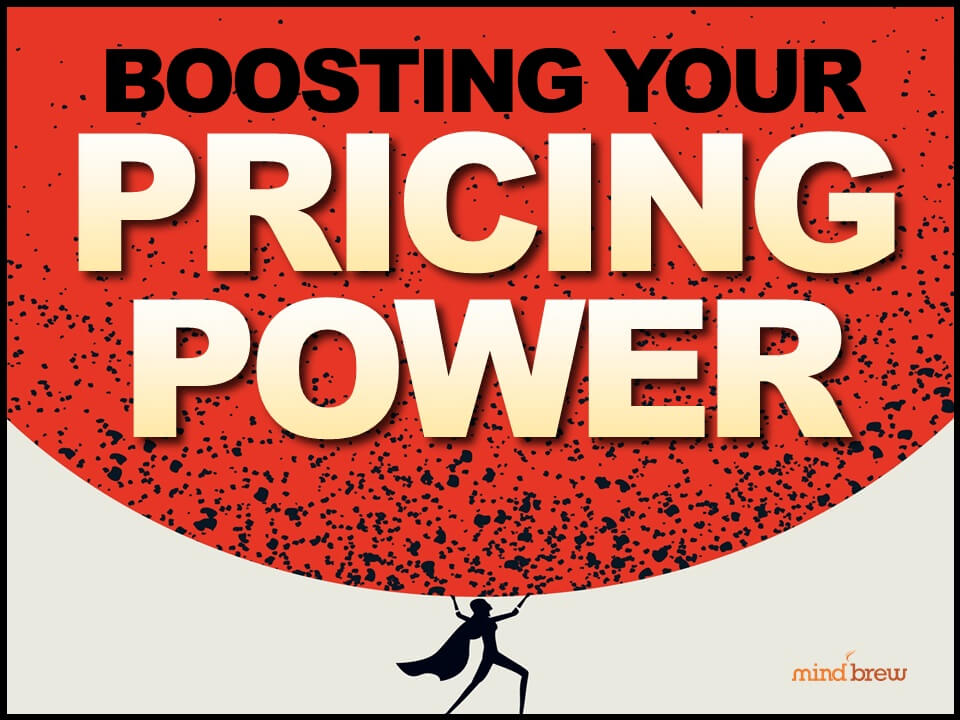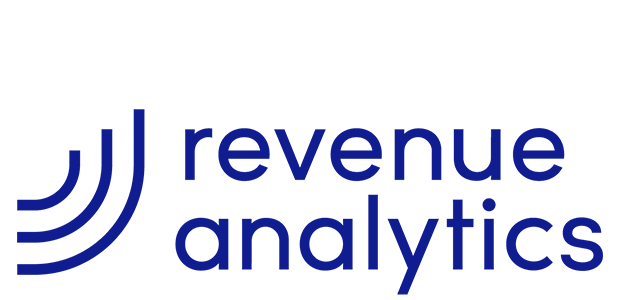If you read a lot of business books or even just look at those inspirational posters that get marketed to businesses, you’ve probably come across the idea that simplicity is the ultimate virtue. Sometimes “business experts” quote Isaac Newton, who said, “Truth is ever to be found in simplicity, and not in the multiplicity and confusion of things.” Or Leonardo da Vinci, who said, “Simplicity is the ultimate sophistication.” Or Steve Jobs, who said, “That’s been one of my mantras, focus and simplicity.” Or Albert Einstein, “Out of clutter, find simplicity.”
These aren’t just feel-good slogans. When this principle of simplicity gets applied to a lot of business processes, it can be highly beneficial. Simplifying your supply chain, your product offerings, or your IT infrastructure often yields greater efficiency and cost savings.
However, while we hate to disagree with Newton, da Vinci, Jobs, and Einstein, we don’t think you should over-simplify your pricing strategy.
We can see the appeal of simplified pricing for sure. It’s easier for pricing and sales to execute and manage. It makes the quoting process faster. In some cases, it makes it possible to put prices in your ads, which the marketing team likes. And the customers often like it too—who doesn’t want to feel like they are getting the lowest possible price?
But overly simple pricing structures fail to account for the nuances in your customer segments. As a result, you can end up with prices that are too low in some instances and too high in others. You’re leaving money on the table a substantial portion of the time, while also losing deals with customers who think your prices aren’t competitive enough.
Complexity, managed properly, is actually a strength for pricing strategy.
Sophisticated pricing models that incorporate demographics, willingness to pay, purchase history, market dynamics, and other factors, result in much more precise prices. They allow your company to capture higher margins while also closing more deals. And they make it possible to adapt quickly to evolving market conditions.
In the past, managing these complex models took a lot of work. But modern technology and data science, particularly AI and predictive analytics, can handle those complex calculations for you. They allow you to concentrate on the big picture while the tools handle the math. In some cases, they even make it possible to run multiple simulations that allow you to dial in the price for individual customers.
With tools like these, a complex pricing strategy isn’t a defect—it’s a powerful differentiator that allows you to gain a competitive advantage. Instead of being overwhelming, it becomes empowering.
To learn more about how other companies are successfully navigating the complexities of B2B pricing, check out the following resources:
- Making Sense of Pricing Technology
- All About Price Optimization
- The Fundamentals of Price Segmentation
In closing, there is one famous quote on simplicity that we do think applies to pricing strategy. People often quote Albert Einstein as saying, “Everything should be made as simple as possible, but no simpler.” Similarly, we would argue you need some complexity in your model—but not too much As a pricing professional, it’s your job to figure out the sweet spot.

